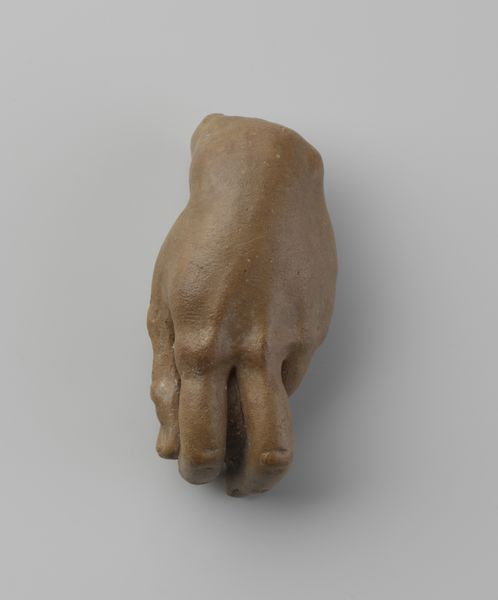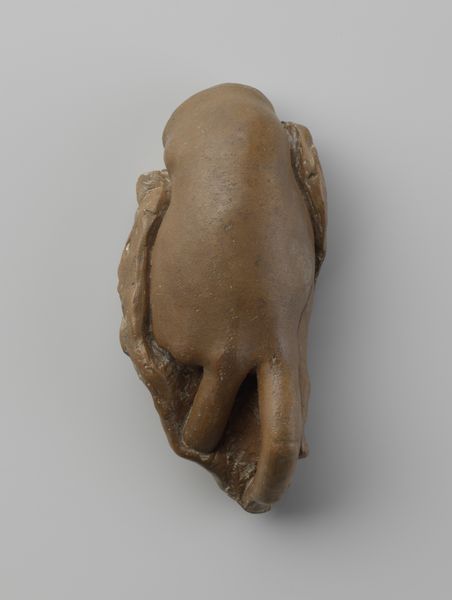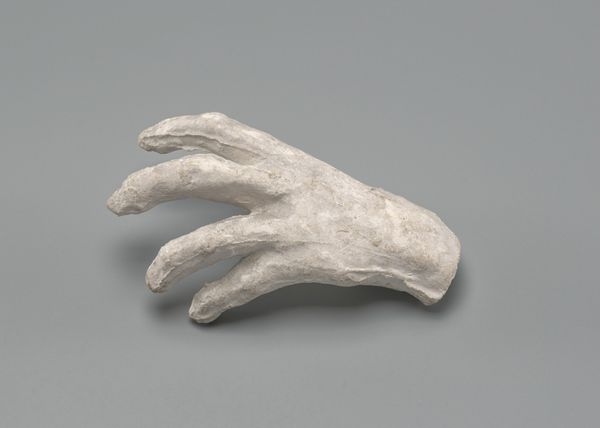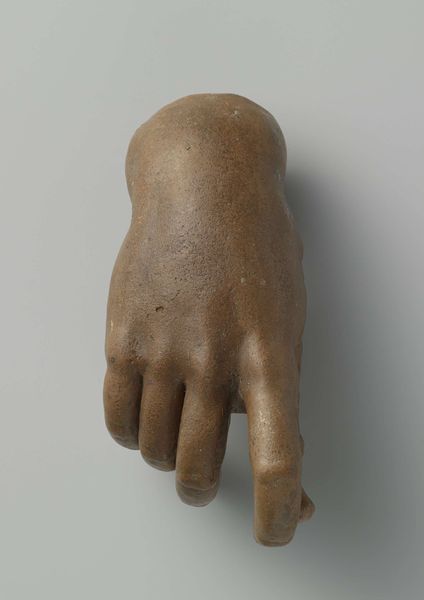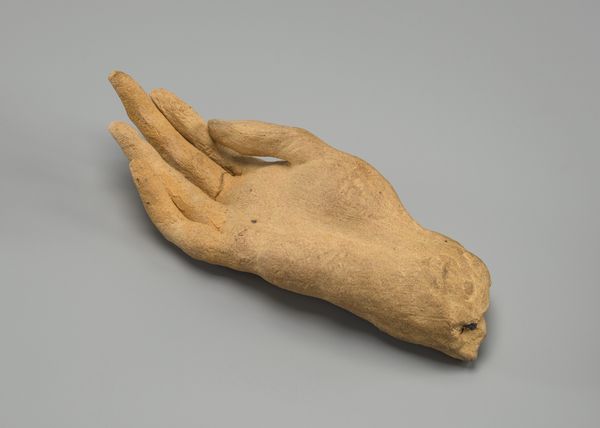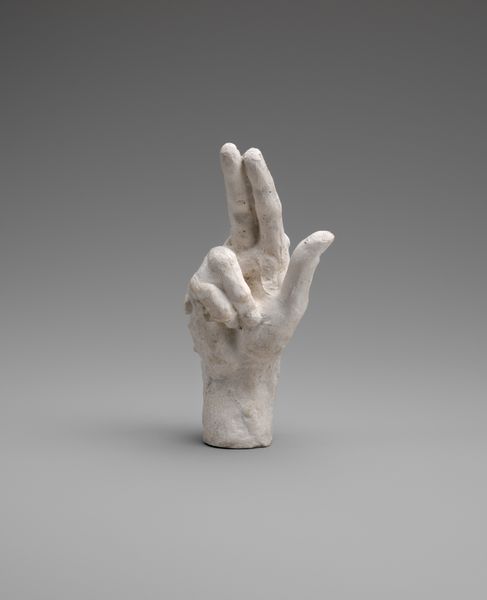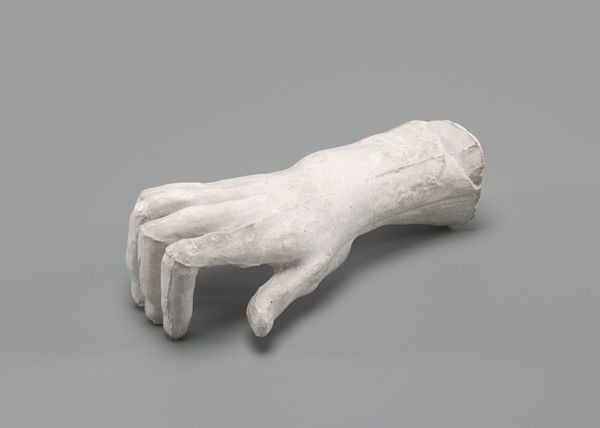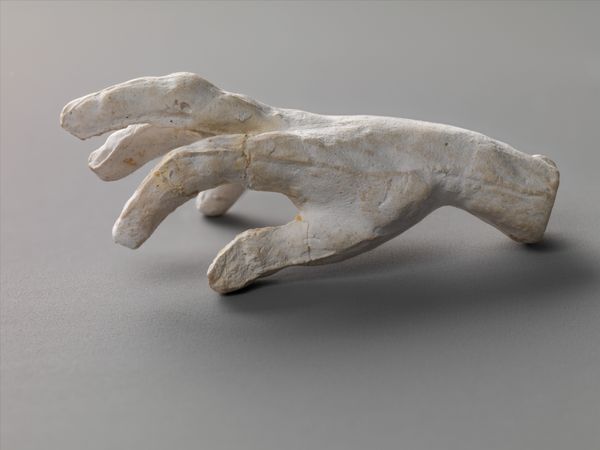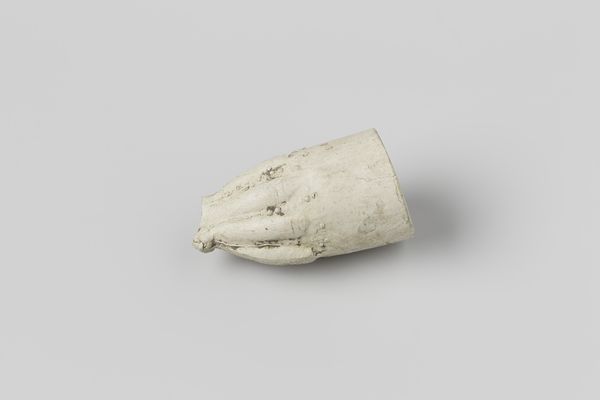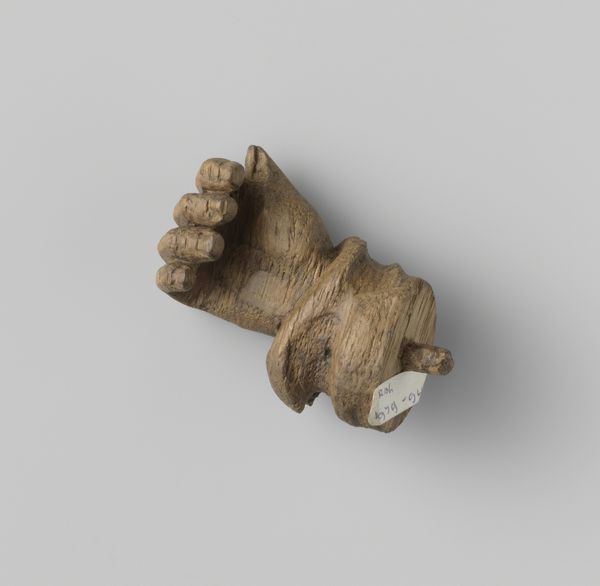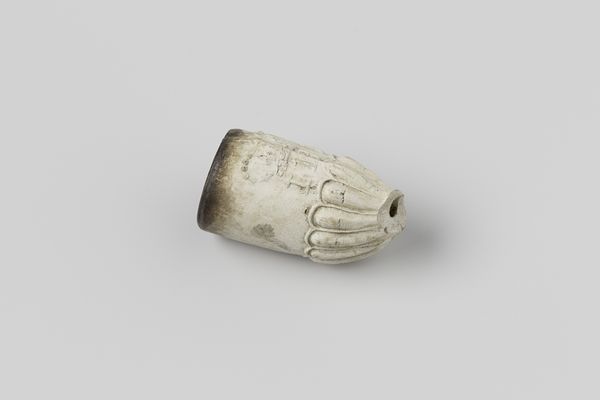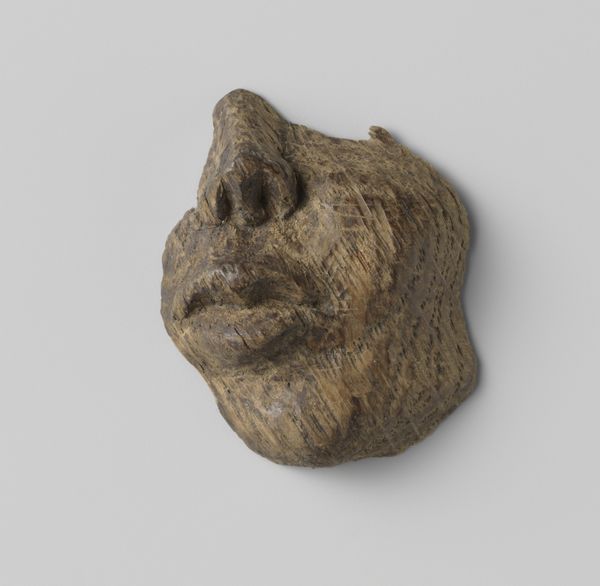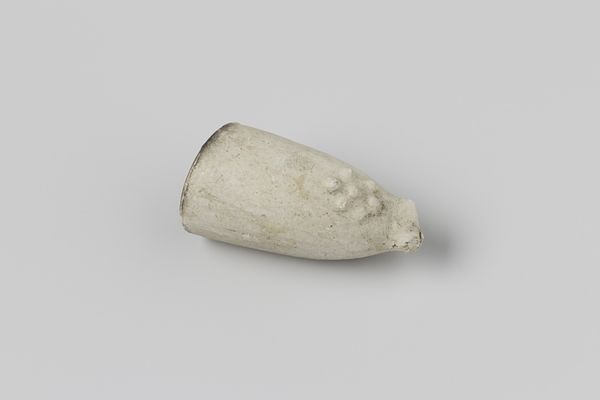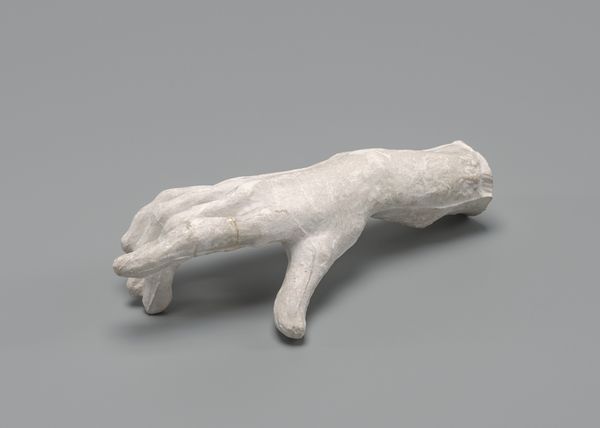
sculpture, plaster
#
portrait
#
sculpture
#
figuration
#
sculpture
#
plaster
#
italian-renaissance
Copyright: Rijks Museum: Open Domain
These study models of body parts were made by Johan Gregor van der Schardt around the mid-16th century. During the Renaissance, a renewed interest in classical art and science led artists to study human anatomy in great detail. These models are not just about scientific accuracy; they're infused with the cultural values of the time. The body was seen as a reflection of divine order, and representing it was both an artistic and intellectual pursuit. Consider the emotional impact of encountering a dismembered hand. It prompts us to think about the labor performed by human hands, as well as their vulnerability. This Renaissance focus on the body also intersects with questions of identity and representation. Whose bodies were being studied, and how did these representations reflect or challenge existing social hierarchies? Ultimately, this model invites us to reflect on the complex interplay between art, science, and the human experience.
Comments
rijksmuseum about 2 years ago
⋮
This group of small models of parts of the body are carefully copied after famous sculptures, in particular by Michelangelo, in Florence and Rome. They came from the workshop of the Nijmegen sculptor Johan Gregor van der Schardt, who had a successful career in Italy, Nuremberg, and Copenhagen. They are extremely rare examples of the, in part autograph, study material of a 16th-century sculptor.
Join the conversation
Join millions of artists and users on Artera today and experience the ultimate creative platform.
